Komarov's lotus is a relict flower that has survived to this day
For many eastern peoples, lotuses have long been considered sacred flowers. They received such a high status both for their extraordinary beauty and fragility, and for the peculiarities of growth and development, vitality and stamina.
Content:
Indeed, in order to grow, the lotus must pass through all four known elements - earth, water, air and fire. Lotuses sprout at the bottom of the reservoir (the element of the Earth), then stretch through the water column (the element of Water) to the air element, where their magnificently beautiful flowers open up, and the hot rays of the sun - the element of Fire - contribute to the ripening of fruits.
General information about the Komarov lotus
In general, there are only four species of this plant on our planet: the Caspian lotus, nut-bearing, yellow and Far Eastern, which is also called Komarov's lotus. This plant is named after the famous botanist - Vladimir Leontievich Komarov.
Komarov is known throughout the Far East as a scientist who made a huge contribution to the study of this harsh land, describing many species of local plants. In addition to our territories, he also explored the natural zones of Manchuria, Korea, China, which earned recognition and was awarded the medal of the Russian Geographical Society.
It was in the name of this scientist-botanist that the lotus inhabiting Lake Khanka was named. It belongs to prehistoric plants that grew on our planet during the pre-glacial period.
Due to its unique properties of adapting to severe weather conditions, the Komarov lotus survives in water bodies even at very low temperatures, but provided that its root is located in silt, where the temperature is at least +4 degrees. But at the same time, the ambient temperature can reach -30 degrees.
The roots of Komarov's lotus can reach stunning lengths - about 300 meters! The flowers are also huge in diameter - up to 30 cm, and the leaves are from 20 cm to a meter! The lotus foliage is covered with a waxy coating, so the water does not stay on it, but rolls over in large drops.
Features of flowers and seeds of Komarov lotus
Lotus flowers of all kinds are very delicate, amaze the imagination in size and true beauty. In addition, they exude a very pleasant and delicate aroma.
The peculiarity of lotus flowers is that they turn towards the sun during the day.
The flowering of Komarov's lotus is rather short, you can admire it from late July to early September, it usually blooms for no more than two weeks. And from about mid-September they begin to ripen the seeds lotus - approximately 20-35 nuts in each box.
Another feature of the lotus is the vitality and survival of its seeds. It is thanks to this property that the ancient relict plant has survived to this day.
Scientists have repeatedly discovered lotus seeds over 1000 years old! Moreover, placed on the blessed soil they germinated successfully.
However, with very strong freezing of water bodies, when the winter has little snow, and the autumn was preceded by a very dry one, the lotuses can die and do not bloom next year.But many scientists are inclined to believe that under unfavorable conditions, many plants simply fall into suspended animation, and under good conditions they revive again.
The value of lotuses
These unusual and such ancient plants are listed in the Red Book. Komarov's lotus is no exception. In its natural environment, today it can be found growing in the reservoirs of the Khabarovsk and Primorsky Territories, in the Amur Region on Lake Khanka and several other lakes of Putyatin Island, on the Khanka Lowland, in the valleys and lower reaches of some rivers.
In recent years, much attention has been paid to the preservation of the Komarov lotus, therefore, enthusiasts and plant lovers began to artificially plant lotuses in large quantities in reservoirs of various regions of the Far East.
In oriental cuisine, lotus is considered a special delicacy: all parts of the plant, from seeds to roots, are used for food.
In medicine, the beneficial properties of this plant are known: in eastern countries, about 300 different medicinal drugs are prepared from only its seeds.
In magic and esotericism, the lotus is given great importance: it is considered to cleanse space of harmful energy thanks to a powerful energy field, is able to establish a connection between the past, present and future, restores harmony in the human soul, makes it balanced and protects from witchcraft spells.
It is believed that where there is a lotus (even just its image), no, even very strong magic, is capable of harming a person. Therefore, so often the image of this flower can be found on various amulets and charms created to protect a person from negative energy from the outside.



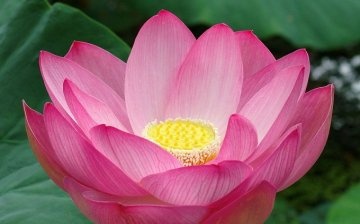
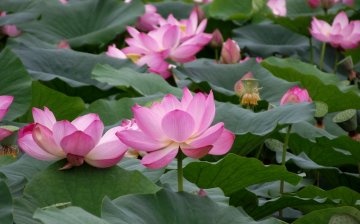
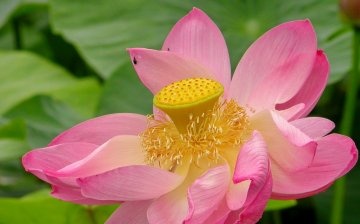





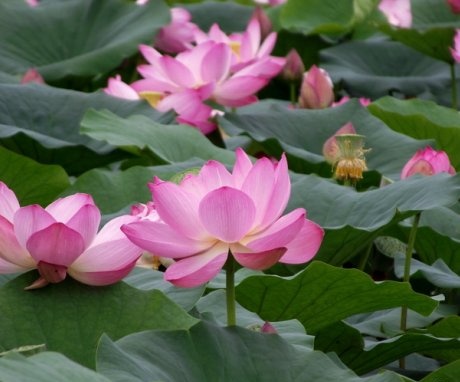

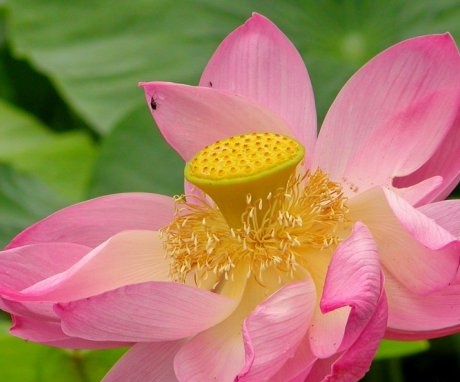
I have never met Komarov's Lotus, but while traveling around Fr. Bali, I saw growing lotuses, which outwardly were strikingly similar to him ...
What a beautiful flower is incredible. I saw him often, but never read about him. I wonder if it is possible to make such a flower home? In a bath or not, right?